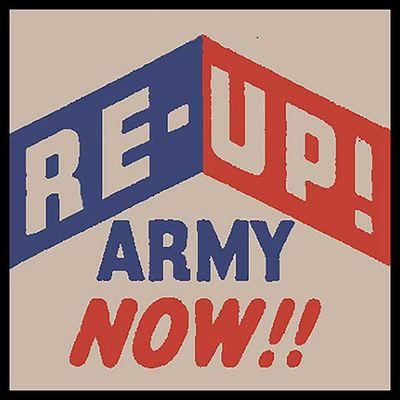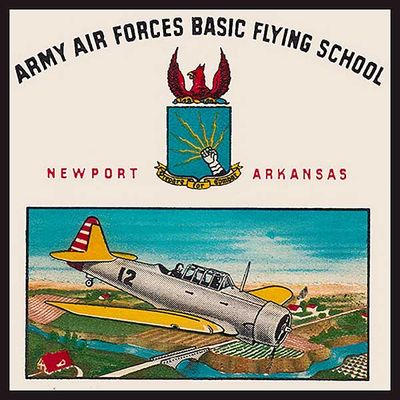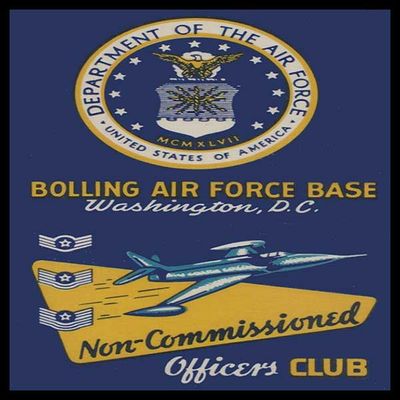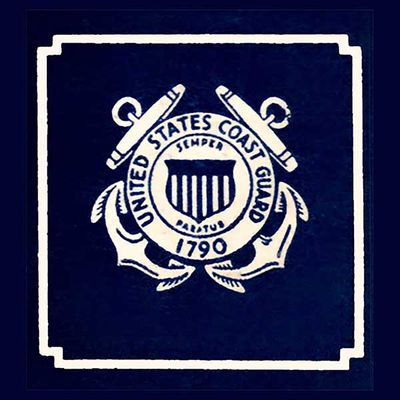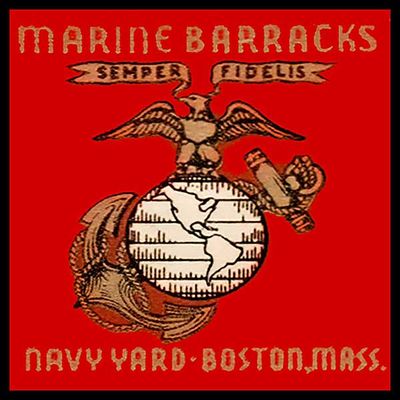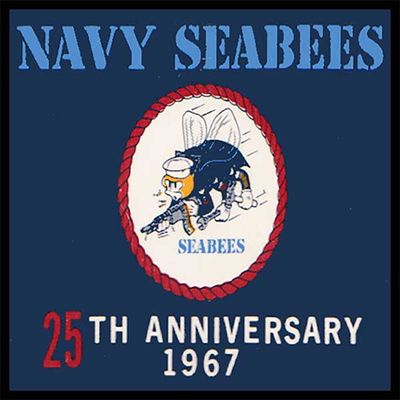Striking a Match for Morale: How the US Military Used Matchbooks in Their Operations
In the mid-20th century, matchbooks were more than just practical items for lighting cigarettes—they were also valuable tools for communication, morale-boosting, and public relations. The US Military ingeniously utilized matchbooks across various operations to serve multiple purposes, from promoting safety and security to fostering camaraderie among troops. This article explores how the US Military used matchbooks in their operations and the impact of these small but powerful items.
Promoting Safety and Security
One of the primary uses of matchbooks by the US Military was to promote safety and security among service members. Matchbook covers often featured important safety messages and reminders. For instance, during World War II, matchbooks might display slogans like "Loose Lips Sink Ships," reminding soldiers and civilians alike of the importance of keeping military operations confidential to prevent enemy espionage. Other safety messages included reminders to handle weapons carefully, follow proper protocols, and maintain vigilance against potential threats.
Boosting Morale and Camaraderie
Matchbooks also played a significant role in boosting morale and fostering camaraderie among troops. The covers frequently featured patriotic imagery, inspirational slogans, and emblems of different military branches. Slogans like "Keep 'Em Flying" or "Semper Fi" (for the Marine Corps) helped instill a sense of pride and unity among service members. Additionally, matchbooks often depicted scenes of home and family, serving as comforting reminders of what soldiers were fighting for and boosting their spirits during challenging times.
Commemorating Achievements and Events
The US Military used matchbooks to commemorate significant achievements, milestones, and events. Special editions of matchbooks were created to celebrate successful missions, anniversaries of military branches, and important holidays such as Independence Day and Veterans Day. These commemorative matchbooks were distributed to service members and their families, serving as keepsakes that honored their contributions and sacrifices. They helped create a sense of shared history and tradition within the military community.
Public Relations and Recruitment
Matchbooks were also utilized as a public relations and recruitment tool. The covers often included messages encouraging enlistment, along with contact information for local recruitment offices. Patriotic designs and slogans like "Join the Fight for Freedom" or "Serve Your Country" aimed to inspire young men and women to consider a career in the military. These matchbooks were distributed widely in public places, including restaurants, gas stations, and community centers, helping to raise awareness about military service and attract new recruits.
Supporting Troops Abroad
During deployments, matchbooks served as practical items for service members stationed abroad. They were lightweight and easy to carry, making them a convenient source of fire for lighting cigarettes, campfires, and cooking stoves. The matchbooks distributed to troops often included useful information such as maps, emergency contact numbers, and survival tips. Additionally, the familiar imagery and messages on the covers provided a sense of connection to home and boosted morale.
Collaborations with Allies
The US Military also used matchbooks in collaborations with allied forces. Joint military operations and training exercises often led to the creation of matchbooks that featured the flags and emblems of participating nations. These matchbooks served as symbols of unity and cooperation, fostering goodwill and camaraderie among allied troops. They were exchanged as tokens of friendship and solidarity, reinforcing the bonds between nations working together for a common cause.
Collectibility and Historical Significance
Today, vintage military matchbooks are highly collectible and hold significant historical value. They provide insights into the military culture, priorities, and communication strategies of the time. Collectors and historians value these matchbooks for their unique designs, messages, and the stories they tell about military life during pivotal moments in history. They serve as tangible reminders of the experiences and sacrifices of service members and the role of the US Military in global events.
Conclusion
The US Military's use of matchbooks in their operations was a strategic and multifaceted approach that went beyond simple utility. From promoting safety and security to boosting morale, commemorating achievements, and supporting recruitment efforts, matchbooks served as powerful tools for communication and connection. They played a crucial role in fostering unity among troops, enhancing public relations, and supporting service members both at home and abroad. Today, these vintage matchbooks stand as enduring symbols of the military's ingenuity and the enduring spirit of those who served.
